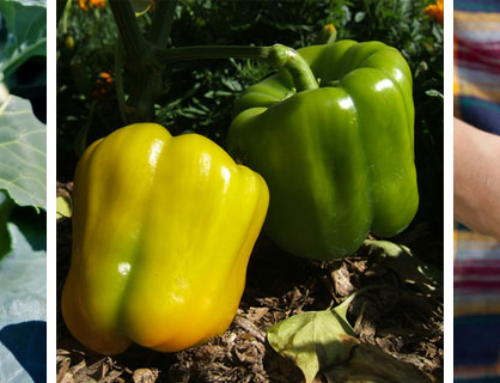By Meleah Maynard, Hennepin County Master Gardener
Most every commercial potting mix contains sphagnum peat moss because it’s a good, lightweight, organic amendment that improves drainage, as well as water retention and air circulation. The downside to peat moss is that it isn’t a sustainable resource. Peat moss is the decomposing remains of living sphagnum moss, and it is harvested at unsustainable rates from bogs in a manner than involves scraping off the top layer of the living moss to get to the saleable product below.
This process destroys centuries-old bogs, doing away with wildlife habitat, releasing C02 into the air, and eliminating wetlands that help prevent flooding. Because of this, conservationists and scientists all over the world have been pushing for limits and even bans on peat moss harvesting.
In Britain, for example, where peat is often burned for fuel, harvesting has become so intense that the government has set goals for phasing out peat for home gardening use by 2020. Professional growers will need to go peat free by 2030. For more information, check out the Royal Horticulture Society’s website: http://www.rhs.org.uk/Gardening/Sustainable-gardening/Peat-and-the-environment/More-about-peat.
Peat-free options
Most of the peat used by the horticultural industry in the U.S. comes from Canada where talk of limits and bans is also heating up. So, whether you are concerned about the sustainability of peat of not, now seems like as good a time as any to explore some peat-free potting soil options.
Topping the list of sustainable peat alternatives is coconut coir. Coir is coconut husk fiber, a byproduct of the coconut industry in Southeast Asia where it is largely considered waste. Dehydrated and sold as small bricks or bales, coir can hold nearly 10 times its weight in water. In fact, researchers at Auburn University and the University of Arkansas recently compared peat and coir and found that the two were on par as soil amendments (http://extension.oregonstate.edu/gardening/coir-sustainable-alternative-peat-moss-garden.) Like peat, coir is low in nutrients, but it is also less acidic than peat.
You can buy peat-free potting soil mixes, which are slightly more expensive than peat-based blends, and consist primarily of compost, pine bark (or another type of bark) and coconut coir. Some mixes may also contain materials that help to improve drainage such as perlite (a type of volcanic ash) and vermiculite (a mineral that is heated to a high temperature so it expands and holds more air).
You’ll save money if you make your own peat-free potting soil. And it’s easiest to buy your ingredients and mix them in a wheelbarrow before filling your containers. Here are a few recipes that are easy, affordable and still offer good drainage.
For seedlings:
- 1 part compost
- 2 parts coconut coir
- 1 part builder’s (sharp) sand
For ornamental plants:
- 1 part coconut coir (follow package directions for wetting the coir before use)
- 1 part compost
- 1 part good garden topsoil
- 1 part builder’s sand or perlite
For edibles:
- 2 parts compost
- 2 parts coconut coir
- 1 part builder’s sand
Keep in mind that compost makes a good slow-release fertilizer. But container-grown plants, especially edibles, will need additional nutrients throughout the season. Some good choices include: additional compost, bone meal, vermicompost (worm poo), fish emulsion and alfalfa meal.
Get more gardening tips at Meleah’s blog: www.everydaygardener.com.



